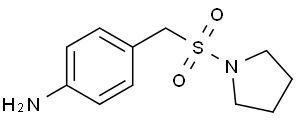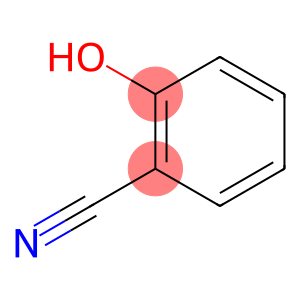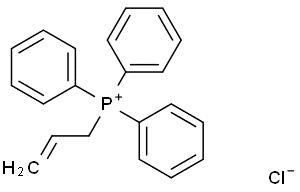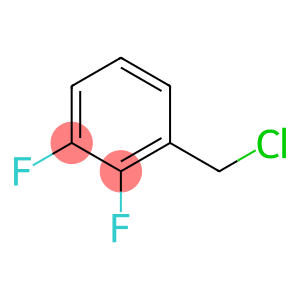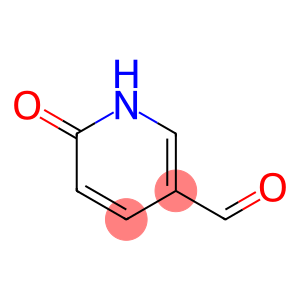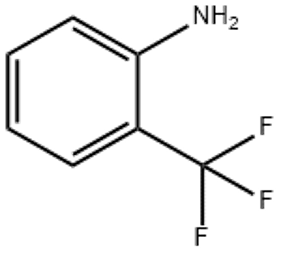Benzyldimethylcarbinyl butyrate(CAS#10094-34-5)
| Risk Codes | R38 – Irritating to the skin R43 – May cause sensitization by skin contact R51/53 – Toxic to aquatic organisms, may cause long-term adverse effects in the aquatic environment. |
| Safety Description | S36/37 – Wear suitable protective clothing and gloves. S61 – Avoid release to the environment. Refer to special instructions / safety data sheets. |
| UN IDs | UN3082 9/PG 3 |
| WGK Germany | 2 |
| RTECS | ET0130000 |
| Toxicity | LD50 orl-rat: >5 g/kg FCTXAV 18,667,80 |
Introduction
Dimethylbenzyl butyrate (Dibutyl phthalate) is an organic compound. Its properties are as follows:
1. Appearance: Colorless to light yellow liquid.
2. Smell: Slightly special smell.
3. Density: 1.05 g/cm³.
6. Solubility: soluble in organic solvents such as ethanol, ether and chloroform.
The main uses of dimethylbenzyl butyrate are as follows:
1. Plasticizer: As a commonly used non-phthalate plasticizer, it is widely used in the plasticization of polyvinyl chloride (PVC), sealants, various resins, etc.
2. Solvent: used as a solvent for inks, coatings, rubber, adhesives, etc.
3. Additives: used in the manufacture of soft and transparent plastic products, protective layers for wires and cables, medical devices, etc.
The preparation method of dimethylbenzyl butyrate is mainly obtained by esterification reaction of phthalic anhydride and n-butanol. Specific reaction conditions include appropriate temperature and acid catalyst.
1. It has an irritating effect on the skin, so it should be washed with water immediately after contact.
2. It may have long-term adverse effects on aquatic life, and should be avoided from entering the water body.
3. It may decompose and produce harmful gases at high temperatures, so pay attention to good ventilation when using.



